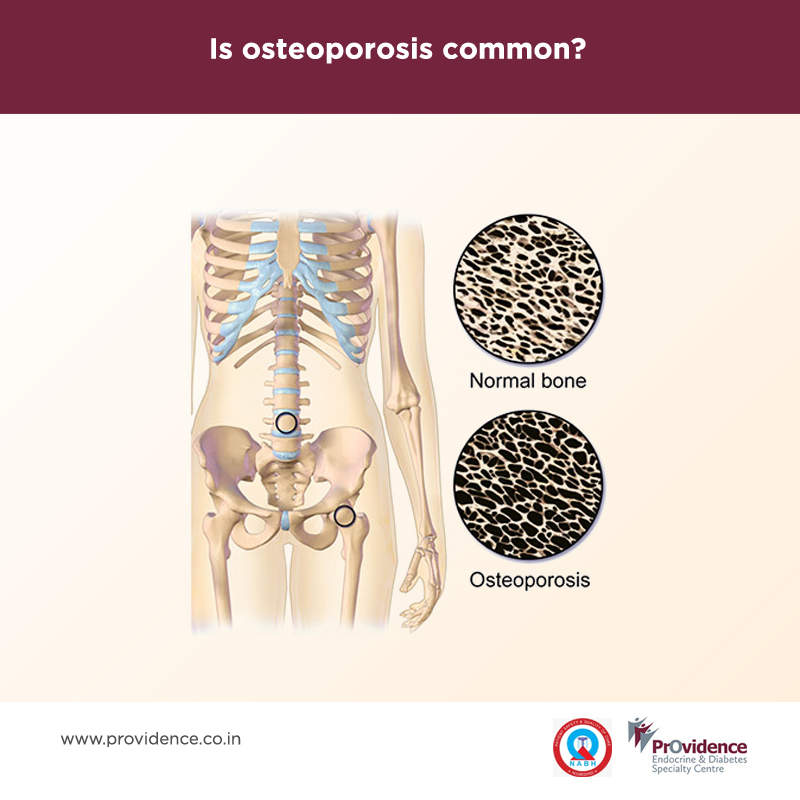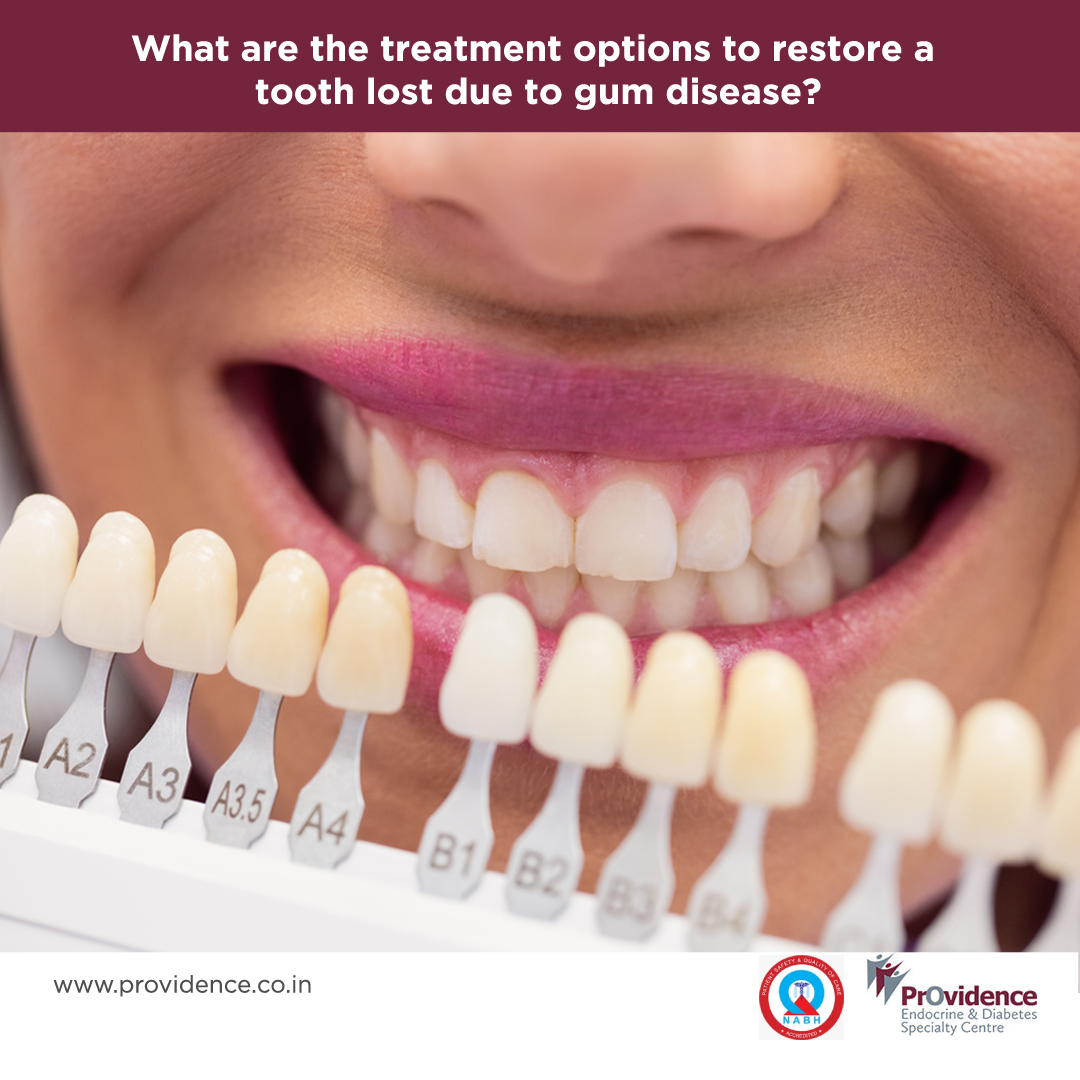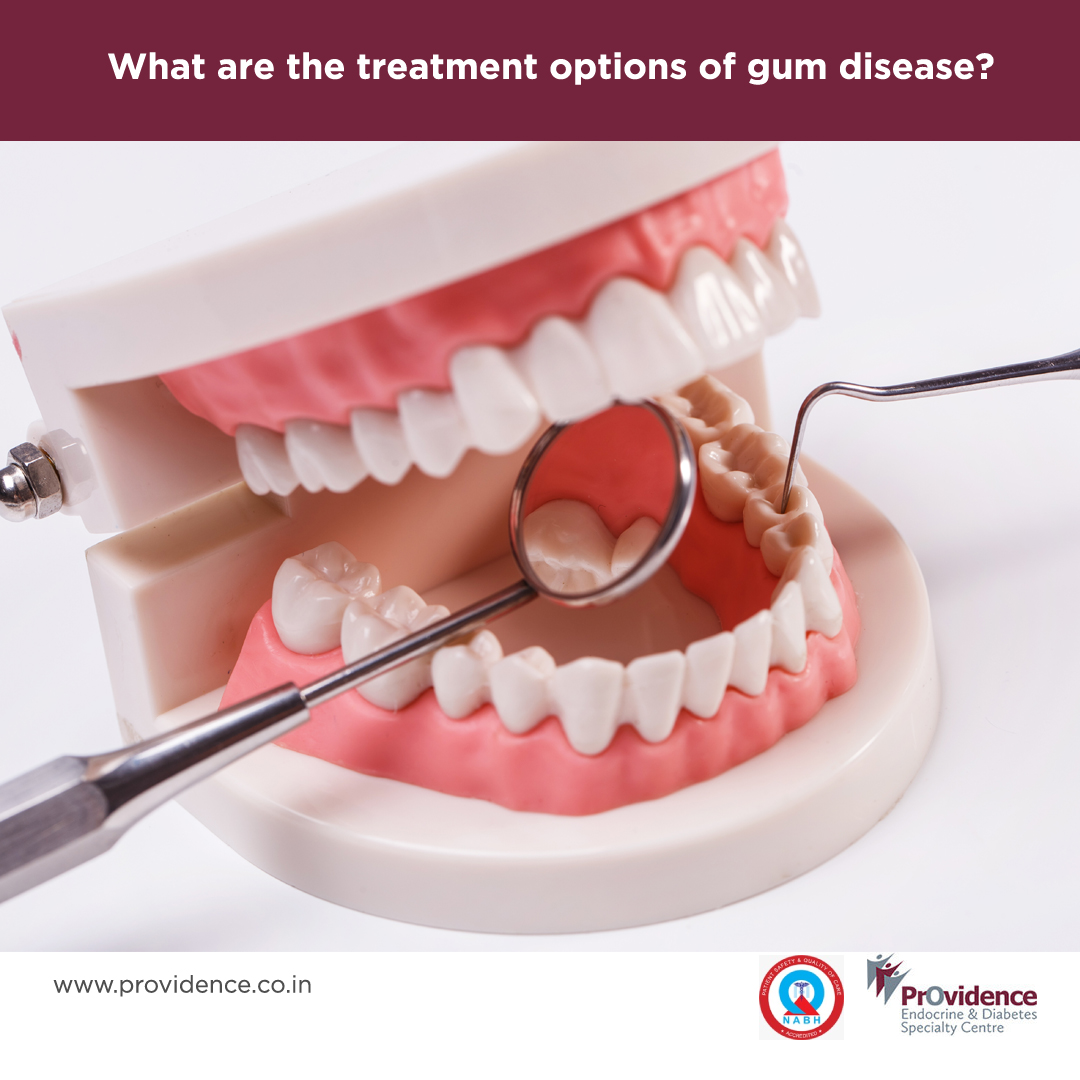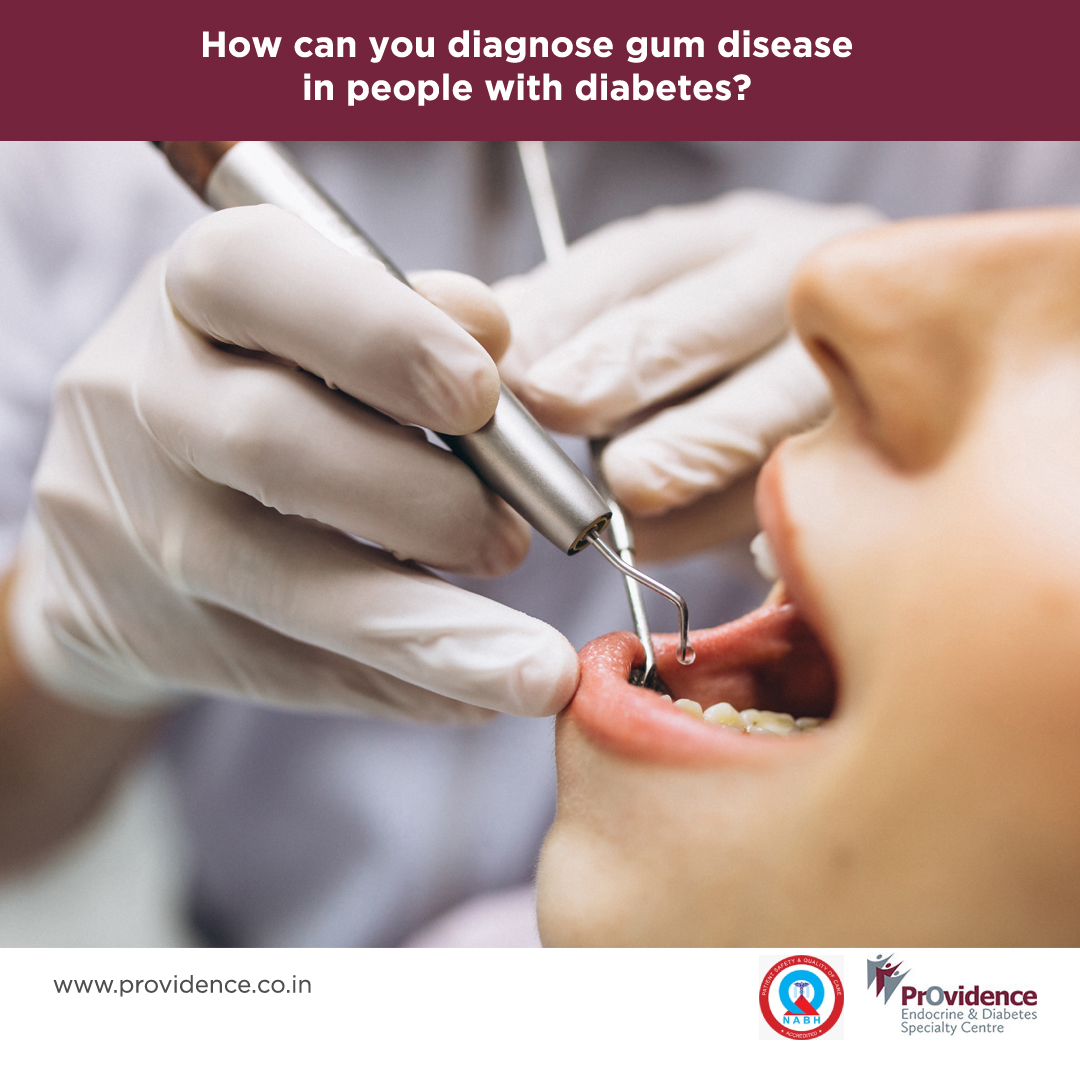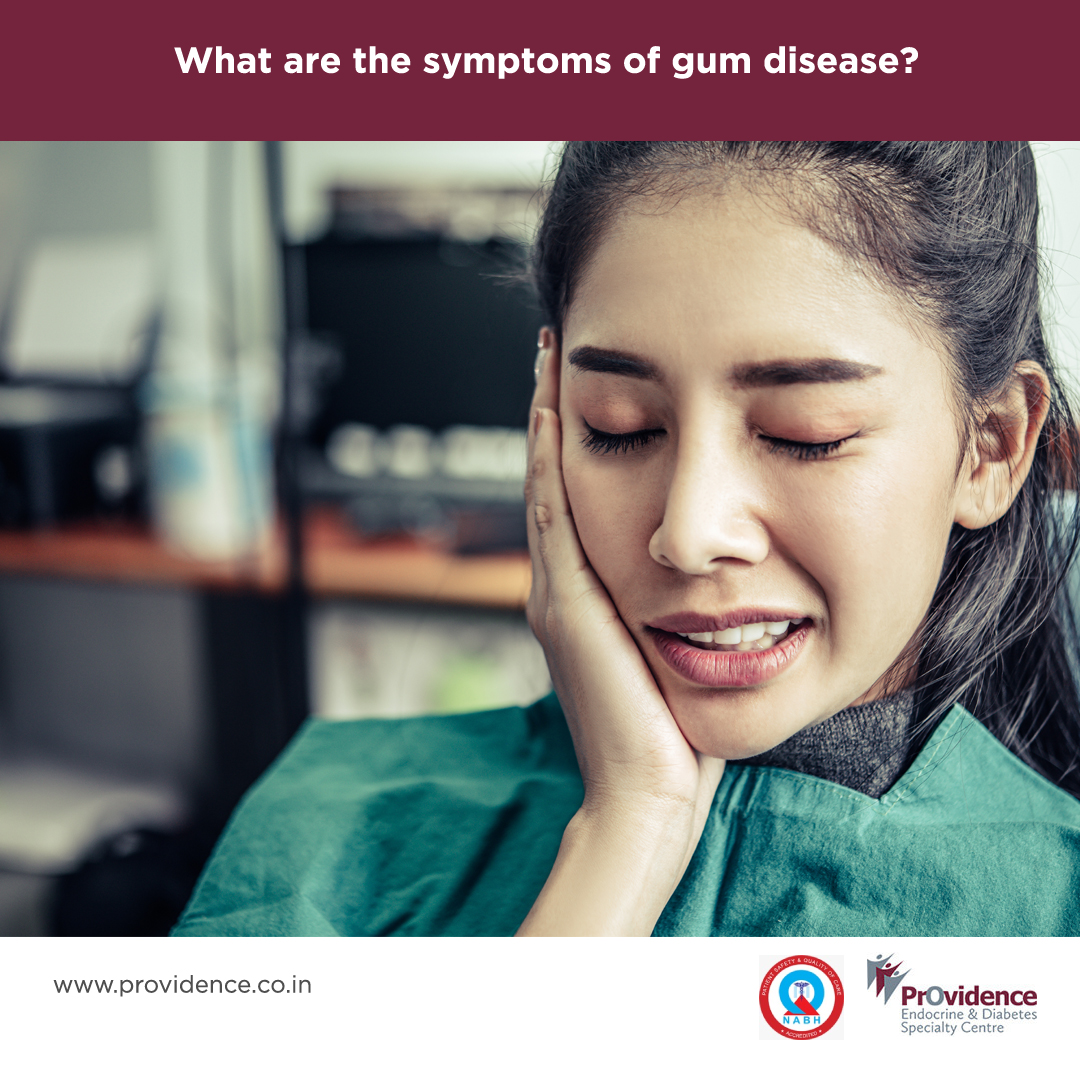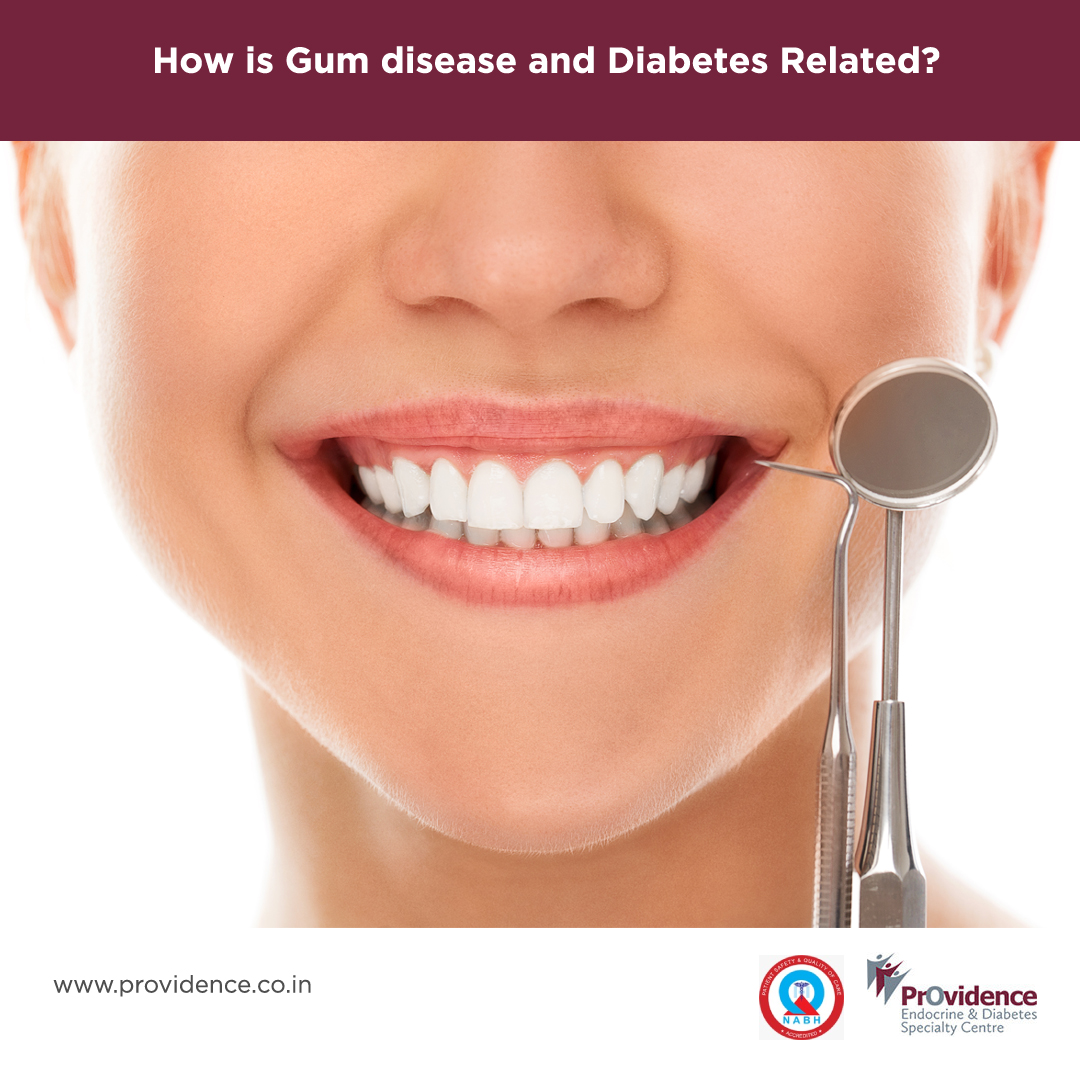Bone is living tissue that is constantly being broken down and replaced. Osteoporosis occurs when the creation of new bone doesn’t keep up with the loss of old bone. Osteoporosis affects men and women of all races. But white and Asian women, especially older women who are post-menopausal are at the highest risk. Currently, it has been estimated that more than 200 million people are suffering from osteoporosis. According to recent statistics from the International Osteoporosis Foundation, worldwide, 1 in 3 women over the age of 50 years and 1 in 5 men will experience osteoporotic fractures in their lifetime. Studies in India estimate that more than 50 million people have osteoporosis. Studies have shown that one-third of post-menopausal women in India have osteoporosis of the spine.
So, osteoporosis and osteoporotic fractures are very common the world over and in India.
Author- Dr. Deepa



